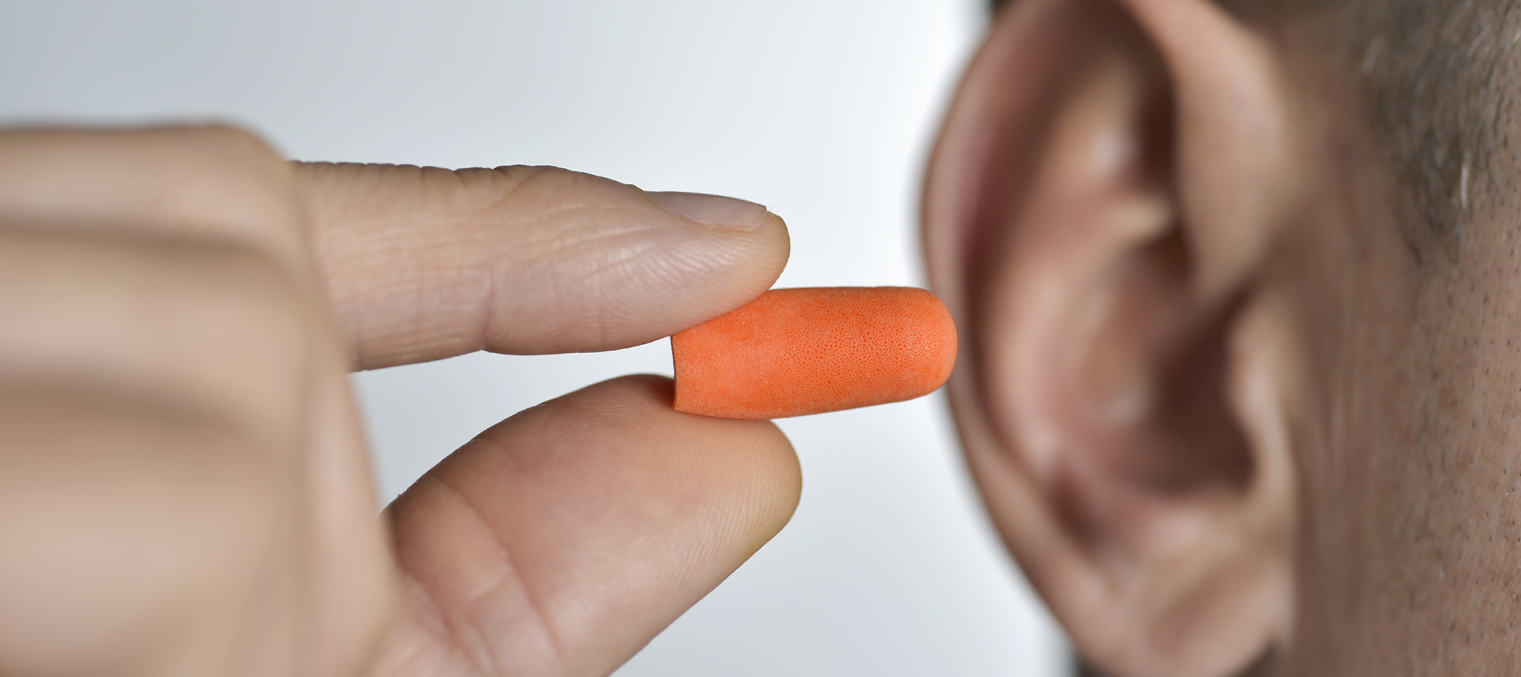Earplugs are small devices inserted into our ear canals to protect our ears from noise, dust, wind, and water. They’re used to avoid loud noises and to protect the ears from noise-induced hearing loss (NIHL) and noise trauma. They’re also used to block external sounds that may disrupt sleep. Many people are hypersensitive to nighttime noises and earplugs help block them to encourage a good night’s sleep.
Also Read : Dearmob iphone manager the ultimate goodies for iphone users
Earplugs are generally a safe way to protect our ears, but there are some do’s and don’ts that we should follow to avoid possible health risks. No matter what type of earplugs you use, foam earplugs, pre-molded earplugs, or custom molded earplugs, the guidelines below are important to maintain your hearing health.
Do Clean or Discard Daily
If you use custom or pre-molded earplugs regularly, you need to clean them daily. Foam earplugs must be discarded after each use. Overused and dirty earplugs harbor bacteria and can cause infections.
Earwax can harden your custom and pre-molded earplugs, causing them to become rigid and strain the ear canal. This encourages ear infections, severe pain, and hearing loss. The basic rule is to discard your foam earplugs and clean your custom and pre-molded earplugs after each use. Clean your earplugs daily with a toothbrush and hydrogen peroxide, or soap and water mixture. Let them dry or wipe dry with a clean cloth.
Don’t Push Your Earplugs
Pushing earplugs into your ears can increase air pressure in your ears and press against the eardrum, causing pain and discomfort. This can happen when you insert your earplugs while lying down or when you push expanded earplugs into the ear. If you push earplugs too far into the ear canal, they may lodge debris and earwax against the eardrum.
Do Insert With Care
If you improperly insert your earplugs, they may fail to block sounds. There’s a proper way to insert them by following the three simple rules below:
- Roll the earplug to compress it.
- Pull your ear to open it. You should pull up and away on the top of your ear with the opposite hand so the earplug can slide in easily.
- Hold the earplug inside for sometime after inserting it.
Also Read : Top 7 Sales and Marketing Tips for Startups
Don’t Ignore Earwax
Earwax, also known as cerumen, is produced by the glands in the ear to protect the skin of the ear. It might appear to be a nuisance, but it’s important to maintain ear health as it lubricates, guards against bacteria, and helps clean the ear. Earwax normally slips out of your ears along with dirt and impurities. Usage of earplugs can cause an earwax buildup that can compromise hearing.
You should see a hearing professional to have your ears cleaned annually. But there are a few signs that indicate when to remove earwax. If you experience ear pain, sound distortion, itching, feeling of fullness or stuffiness in the ear canal, ringing in the ears or discharge, you need to visit a professional to remove your earwax.
Do Remove Properly
While removing your earplug, gently wiggle it out of the ear to avoid pressure changes..
Don’t Ignore Congested Ears
Ear congestion should never be ignored. Because hearing loss is painless, you should visit a professional if you experience that sensation. Earwax buildup can cause temporary hearing loss, which further increases the chances of Alzheimer’s and dementia.
Always Use the Right Kind of Earplugs
There are numerous types of earplugs available on the market. The type of earplug you use depends on how and where you use it. If you’re a worker exposed daily to loud noises, you should invest in custom earplugs. Custom molded ear plugs fit better, provide better protection from noise, are comfortable and don’t cause irritation, reducing the likeliness of infections.
If you’re a swimmer, you need to use waterproof earplugs made of silicone or wax. Electronic earplugs are for musicians and gun enthusiasts, which allow them to hear normal sounds while blocking loud noises.
Regardless of why you wear earplugs, consider investing in custom-molded earplugs. They fit securely in your ear canal, are comfortable, and cause no irritation.


3 Responses
Thank you for sharing a very useful information. Very nicely explained even small things. I regularly go to dentists, and the drilling and suction sound used to scare me a lot. So my doctor recommended me to use earplugs and that helped me. And now after reading your blog, I can take care of my ears and earplugs.
Nice
Much appreciated you all that much to share these connections. Will look at this..
Comments are closed.